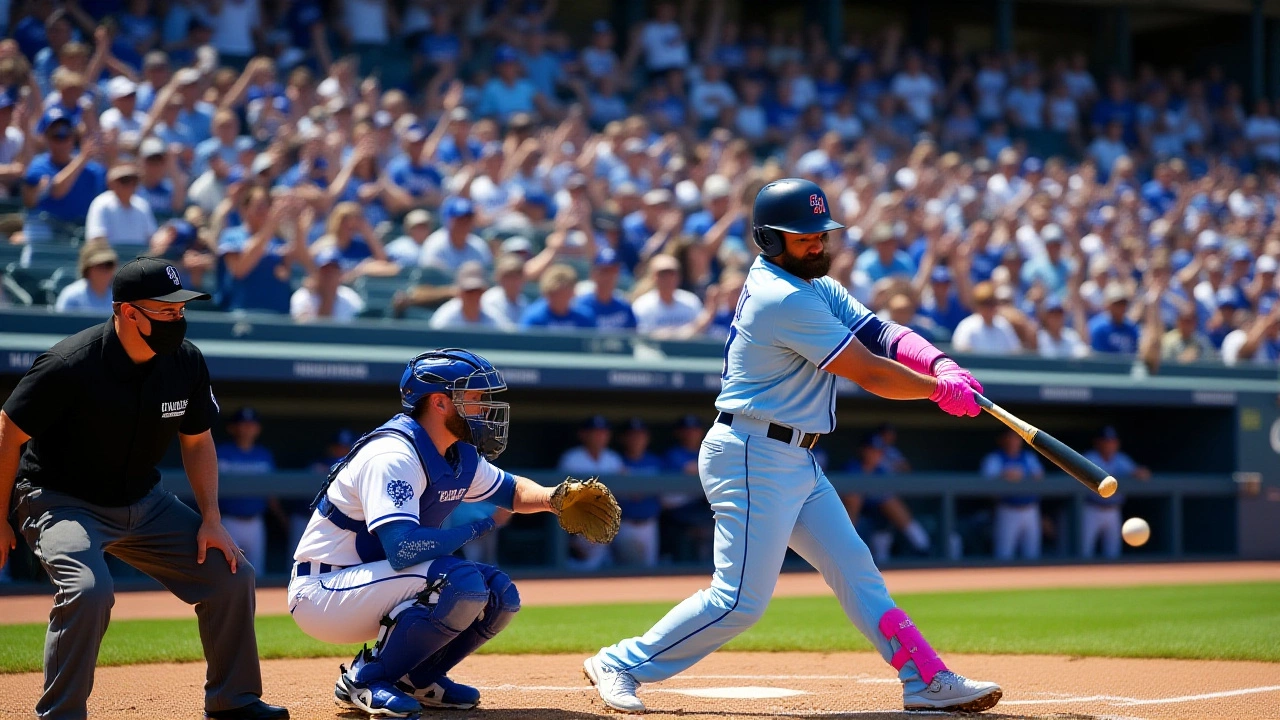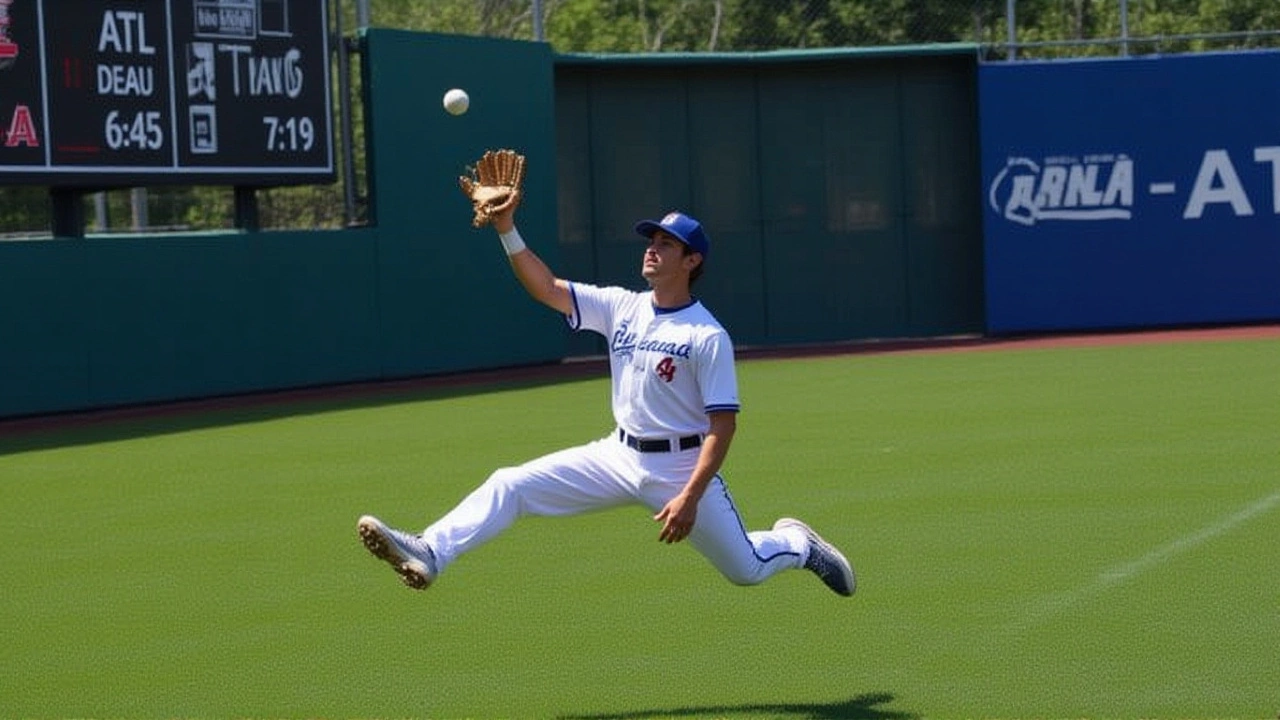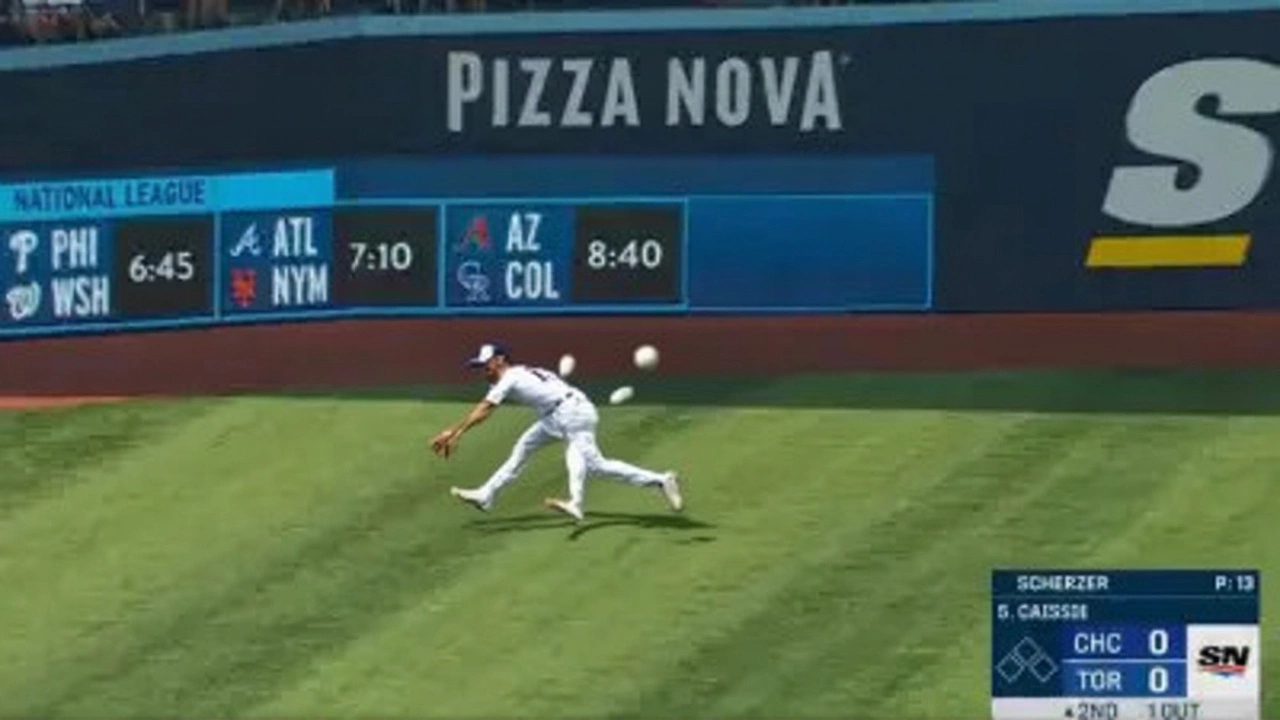When Chicago Public Schools announced it would shut down 12 elementary and middle schools this summer, parents didn’t just hear bad news—they felt it. The decision, made public on April 3, 2025, affects over 5,000 students across neighborhoods already strained by economic hardship. The district cited a $1.2 billion deficit and declining enrollment as the driving forces, but for many families, the closures feel less like fiscal necessity and more like abandonment.
The Numbers Behind the Closures
Chicago Public Schools, the third-largest district in the U.S., has lost nearly 100,000 students since 2012. Enrollment in the 12 shuttered schools dropped below 30% of capacity in the 2023–2024 academic year. One school, Chicago Public Schools’s Jefferson Elementary on the South Side, had just 87 students enrolled last year, despite a building designed for 600. The district says it saves $18 million annually in operational costs by closing them—money it plans to redirect toward classroom resources, mental health staff, and technology upgrades.
But the math isn’t simple. The district’s own 2024 audit showed that 7 of the 12 schools were in buildings owned outright—meaning they’re not paying rent or mortgages. Closing them doesn’t eliminate those fixed costs; it just leaves them empty. "We’re not just shutting down schools," said Dr. Janice Jackson, former CEO of Chicago Public Schools and now an education policy advisor. "We’re erasing community anchors. These buildings hosted PTA meetings, food pantries, adult ESL classes. Who pays for that?"
Community Fallout
On the West Side, where Chicago’s poverty rates are among the highest in the state, the closure of Roosevelt Middle School has sparked protests. Residents gathered outside the building on April 10, holding signs that read "Our Kids Deserve Better" and "Don’t Close Our Future."
Local pastor and parent Maria Torres, who sends her two children to Roosevelt, described the emotional toll. "My son’s teacher stayed after school to help him with reading. The nurse knew his asthma triggers. Now? We’re being told to send him three miles away—to a school with no bus route and a 120-student class size. That’s not progress. That’s neglect."
Meanwhile, district officials point to data showing that students who transferred to nearby schools after prior closures saw improved test scores by 8–12% over two years. But critics counter that those gains came with heavy costs: longer commutes, disrupted friendships, and increased behavioral issues. A 2023 University of Chicago study found that 41% of displaced students reported feeling "less safe" at their new schools.

What’s Next for the Buildings?
Chicago Public Schools has pledged to sell or repurpose the 12 closed buildings. Three are slated for conversion into affordable housing. Two will be handed over to community organizations for after-school programs. But there’s no timeline, no public input process, and no guarantee of community control.
"We’ve seen this before," said Dr. Tyrone Howard, a professor of education at UCLA and author of When Schools Close. "In Detroit, Philadelphia, and now here—when districts close schools without community buy-in, they don’t just lose buildings. They lose trust. And trust? That’s harder to rebuild than a curriculum."
The Bigger Picture: A National Pattern
Chicago isn’t alone. Since 2020, over 1,200 public schools have closed nationwide, according to the Education Data Initiative. Nearly 70% were in majority-Black or Latino neighborhoods. The trend is fueled by falling birth rates, suburban migration, and chronic underfunding—especially in states where school funding relies heavily on local property taxes.
"It’s not just about money," said Chicago Public Schools spokesperson Luis Mendez in a statement. "It’s about making every dollar count for the students who still need us." But for families in Englewood, Humboldt Park, and Roseland, the question isn’t whether the money is being spent wisely—it’s whether they’ll still have a school to spend it in.

What’s Next for Students and Families?
Students from the closed schools will be reassigned to nearby institutions by July 15. The district says it will provide free transportation to all affected families, but many routes require transfers and exceed 45 minutes each way. A parent hotline has been set up, but calls are averaging 200 per day.
Meanwhile, the Chicago Teachers Union has filed a legal challenge, arguing the closures violate state law requiring public notice and community hearings for school closures. A hearing is scheduled for May 12. If the court sides with the union, the closures could be paused—or even reversed.
For now, the 12 buildings sit quiet. Locks on the doors. Lights off in the gyms. The playground swings still creak in the wind—empty, but not forgotten.
Frequently Asked Questions
How many students are affected by the school closures in Chicago?
Over 5,000 students from the 12 closed schools will be reassigned to other district facilities. The largest single impact is at Roosevelt Middle School, which served 542 students last year. Many will now travel to overcrowded schools with class sizes exceeding 35 students, a 40% increase from pre-closure averages.
Why are these specific schools being closed?
Chicago Public Schools selected schools based on enrollment below 30% capacity and low academic performance over three years. But critics note that several closed schools had strong community programs and high parent satisfaction ratings. The district’s algorithm didn’t factor in social services provided onsite, like meals or counseling, which many families rely on.
What happens to the buildings after closure?
Three buildings will be converted to affordable housing under a city partnership. Two will be transferred to nonprofit organizations for after-school programs, but without guaranteed public oversight. The remaining seven are listed for sale, with no requirement that they remain educational. Residents fear the sites could become private developments or sit vacant for years.
Are there alternatives to closing schools?
Yes. Other districts have used shared services models—like pooling transportation, maintenance, or administrative staff—to cut costs without closing buildings. Illinois has $2.3 billion in unspent federal pandemic aid for education. Advocates argue redirecting even a fraction of that could keep schools open while upgrading facilities.
How have other cities handled similar closures?
Philadelphia closed 24 schools in 2013, sparking protests and lawsuits. A 2020 study found students in closed neighborhoods saw a 15% drop in high school graduation rates five years later. In contrast, New York City avoided closures by consolidating administrative roles and leasing underused space. The difference? Community involvement in decision-making.
When will we know if the closures are legally blocked?
A court hearing is scheduled for May 12, 2025. If the judge rules the district violated Illinois’ School Closure Act—which requires public hearings and impact assessments—the closures could be paused. A final decision is expected by late June, just weeks before the new school year begins.
